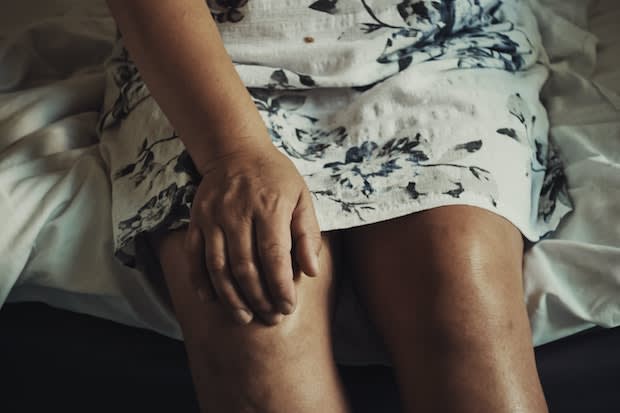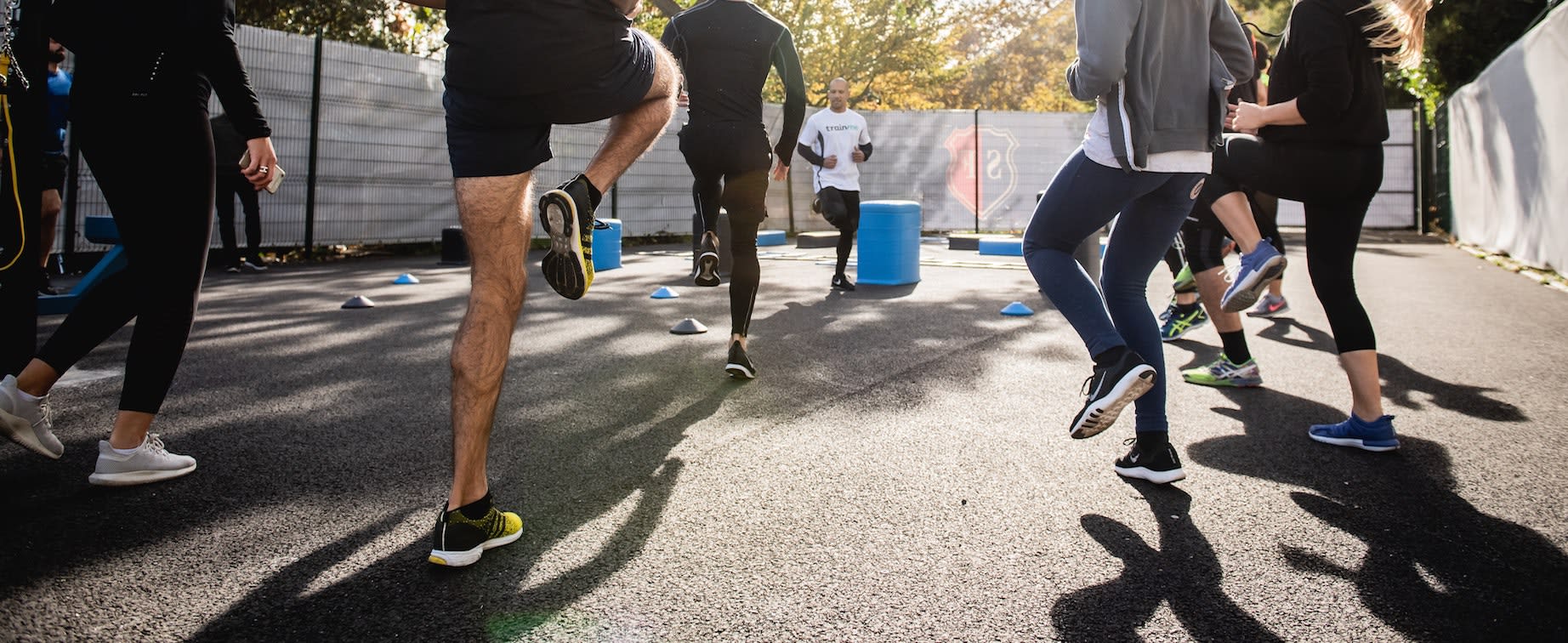Table of Contents
I. How Many People Have Arthritis?
How Many People Have Arthritis?
Arthritis is a common disease that is characterized by joint pain or joint disease. There are over 100 types of arthritic conditions that can affect people of all ages. In the United States, there are 50 million adults and 300,000 children living with arthritis. [1] In most cases, this joint disease can result in swelling, pain, stiffness, and decreased range of motion.
If arthritis isn’t treated with certain medications like Mobic (meloxicam), indomethacin (also available in indomethacin suppositories), Celebrex (celecoxib), and Medrol (methylprednisolone), permanent disability may occur. Some of this damage may be visible, resulting in knobby finger joints. Along with the joints, arthritis may also affect the heart, lungs, eyes, kidneys, and skin.
Because arthritis is so prevalent, many different risk factors can result in joint disease development. Read on to learn more about common risk factors that can lead to arthritis in the joints. [1]
Those who are overweight or obese are at a higher risk of experiencing osteoarthritis than those who are not overweight. Extra pounds on your body's frame can put tremendous pressure on the joints, especially the hips and knees. If weight is crushing these joints, the joints' cartilage may wear away quicker and cause the bones to grind against each other, causing pain and discomfort. [2] If your weight is in the healthy range, your knees absorb about 1.5 pounds of force with each step. If you are overweight and your knees are arthritic and slightly misaligned, then the knee joints may experience even more force and subsequent damage. According to the Arthritis Foundation, being ten pounds overweight puts an extra 15-50 pounds of pressure on the knees. This extra weight makes it much more likely for you to develop osteoarthritis. Excess fat may also speed up the destruction of joint cartilage. This occurs because fat is chemically active and releases inflammatory proteins. If you are overweight and notice joint problems, you should consult your doctor for weight loss tips to make sure you do not suffer permanent joint damage. [3] Infectious arthritis, also known as septic arthritis, occurs when an infection occurs in a joint. These infections are caused by bacteria, most commonly Staphylococcus aureus (staph). This bacterium lives on healthy skin but may enter the body and infect a joint. Less commonly, infectious arthritis may also be caused by a fungus or virus. If you undergo surgery, there is also a chance that germs may enter the body and spread to the fluid surrounding the joint. Septic arthritis usually affects only one joint. You will likely require joint drainage and antibiotics to help cure infectious arthritis. Symptoms of septic arthritis can include: It is well known that smoking affects the lungs and heart, but it can also wreak havoc on the joints. Smoking can also affect the bones, joints, and connective tissue. Mayo Clinic found that women with rheumatoid arthritis who were both current and, past smokers had much worse joint damage symptoms than those who have never smoked. A similar study followed 159 men with knee osteoarthritis. After 30 months, the researchers found that current smokers were twice as likely to have significant cartilage loss than nonsmokers. Cigarette toxins may increase the chance of cartilage loss. The increased carbon monoxide levels in the body from smoking can also hamper cartilage repair. [5] Women are more likely to get arthritis than men. One in four women develops arthritis in their lives while only one in five men develops this joint disease. Interestingly, women also develop different pain in different joints than men. In men, arthritis is typically concentrated in the hip joints, whereas women are more likely to develop arthritis in the hands and knees. Women typically get arthritis later in life than men, but the pain is often more severe when they get it. The difference in arthritis areas may appear completely random, but there are some theories to explain it. Women's tendons move around more than men because their bodies have to accommodate childbirth. The movement of these tendons can make women more prone to injury, resulting in arthritis over time. Women's hips are also wider, affecting the alignment of joints and increasing the risk of arthritis. Along with physical differences, hormones also play a large role. Estrogen is a hormone responsible for many processes in a woman's body, like bone growth and strength. When a woman enters menopause, estrogen production halts, which can affect the skeletal system's integrity. [6] If you have suffered a joint injury, you are more likely to develop arthritis in that joint. This is known as post-traumatic arthritis. Over 5.6 million people are affected by this type of arthritis in the United States. Post-traumatic arthritis is caused by the wearing out of a joint due to any kind of physical injury. You may suffer this type of arthritis from a fall, sports injury, vehicle accident, military injury, or any other type of physical trauma. When the joint suffers trauma, the cartilage and bone may become damaged and affect the joint's mechanics. If the joint becomes misaligned, it can wear away the cartilage at an increased rate, causing arthritis. The joint may continue to deteriorate if the joint continues to get injured or gain excess body weight. You may be experiencing post-traumatic arthritis if you suffer from the following symptoms: The content in this article is intended for informational purposes only. This website does not provide medical advice. In all circumstances, you should always seek the advice of your physician and/or other qualified health professionals(s) for drug, medical condition, or treatment advice. The content provided on this website is not a substitute for professional medical advice, diagnosis, or treatment.
Being Overweight
Infectious Arthritis

Smoking
Gender

Previous Injuries
